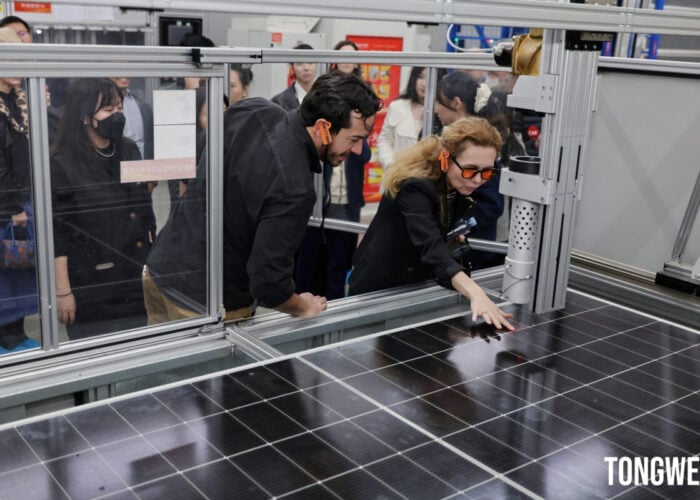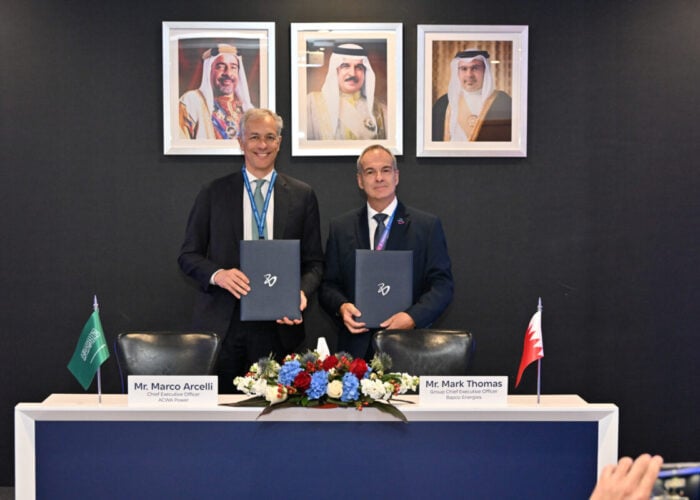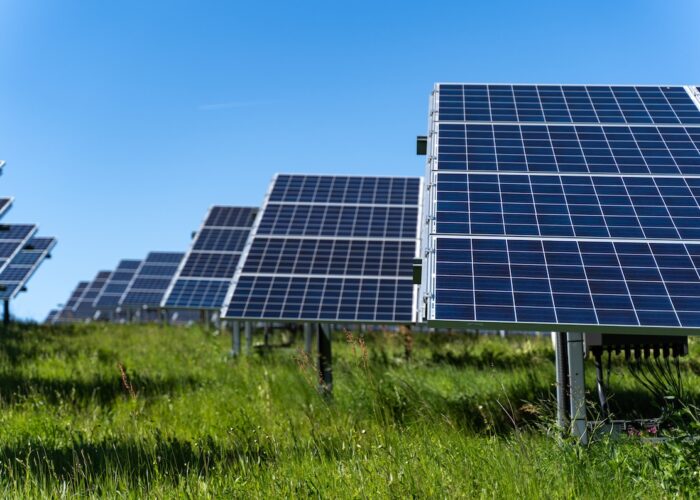The National Renewable Energy Laboratory has validated a new world record for terrestrial concentrator solar-cell efficiency using Spectrolab’s latest multijunction photovoltaic devices. The cells from the Boeing subsidiary hit efficiencies of 41.6% during June tests at the Department of Energy lab in Golden, CO, topping the previous record of 41.1% held by the Fraunhofer Institute in Germany.
“This latest record asserts Spectrolab’s leadership position in high-efficiency multijunction solar cells and brings the industry one step closer to achieving affordable solar electricity,” said David Lillington, president of Spectrolab. “This cell is an advanced version of our lattice-matched cell technology that will be incorporated quickly and successfully into our production line. This milestone underscores our emphasis on realizing the highest efficiency cells in high-volume production.”
Try Premium for just $1
- Full premium access for the first month at only $1
- Converts to an annual rate after 30 days unless cancelled
- Cancel anytime during the trial period
Premium Benefits
- Expert industry analysis and interviews
- Digital access to PV Tech Power journal
- Exclusive event discounts
Or get the full Premium subscription right away
Or continue reading this article for free
Produced in February 2008, the new cell is an advanced version of the lattice-matched triple-junction technology already produced in high volumes for space and terrestrial applications at Spectrolab’s fab in Sylmar, CA, where the new technology was pioneered more than a decade ago. The new cell incorporates several improvements in wafer processing to reduce metal grid shadowing and series resistance, increasing the device’s overall efficiency.
“Over the past decade, Spectrolab’s efforts developing terrestrial solar cell efficiency have achieved an average improvement of approximately one percentage point per year, and we expect to continue that pace,” added Lillington.
Spectrolab says that its cells power 60% of all satellites in orbit around the Earth as well as the solar arrays providing the International Space Station with electricity. The Boeing unit expects to reach an annual capacity of 300MW in 2010, following a series of investments to meet increasing terrestrial concentrating PV demand from SolFocus and other customers.






